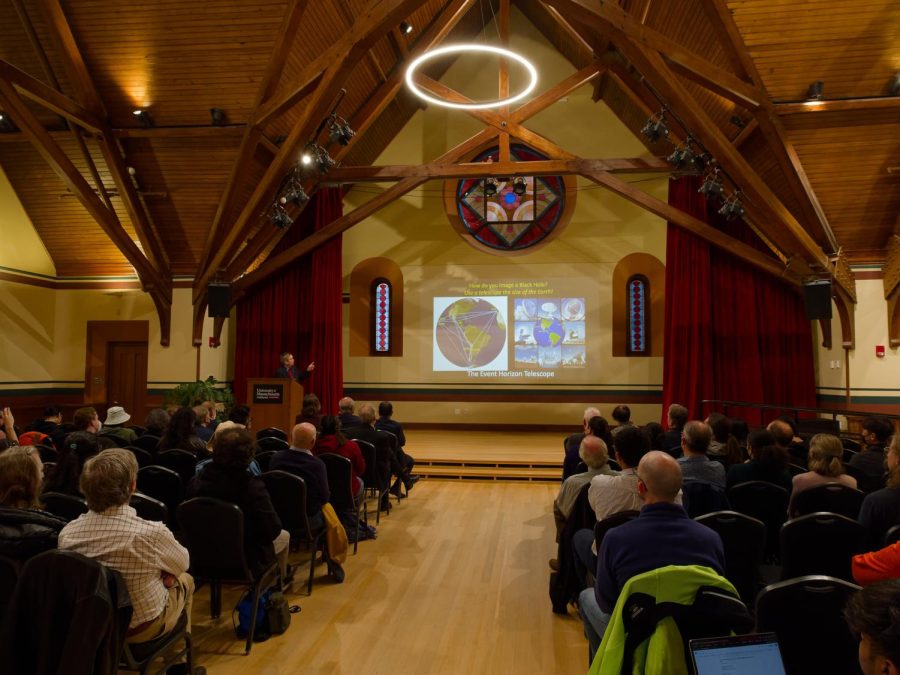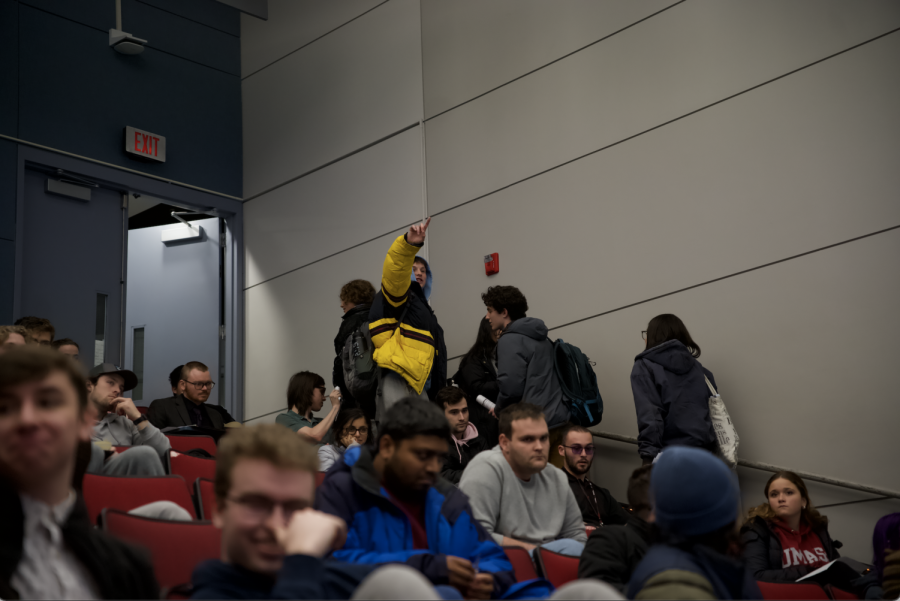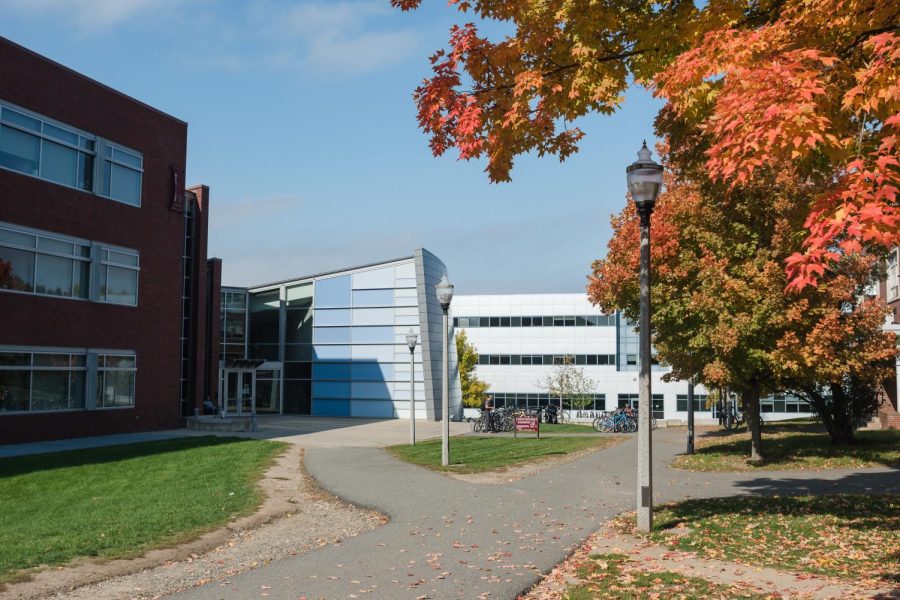In the spirit of Chancellor Holub’s initiative to make the University of Massachusetts Amherst a research powerhouse, biology professor Patricia Wadsworth and physics assistant professor Jennifer Ross are developing a new microscope to shed light on the inner workings of the cell.
The microscope, to be completed next year, uses techniques which place fluorescent markers on specific molecules. This allows scientists to observe the behavior of these illuminated molecules in a living cell.
According to Ross, the ability to observe molecules, such as proteins, in real time is greatly important to understanding the cell.
“Just knowing where a protein is located is not enough to understand a protein’s function in the cell,” said Ross. “Since cells are living, the proteins of the cells are moving and often performing multiple functions simultaneously,” Ross continued.
Wadsworth and Ross are co-principal investigators for this project.
“We make a great team,” said Wadsworth of the tandem. “Ross’ background in physics means that she has training in building the components of a microscope from scratch,” she said. “My training in biology means that I have experience working with cells, and the processes in cells that can best be solved using this type of microscope,” continued Wadsworth.
Wadsworth and Ross were given a $684,000 grant by the National Institutes of Health through the American Recovery and Reinvestment Act.
Ross envisions this microscope aiding in more than just biological functions.
“This technology could be applied in polymer science, physics, chemical engineering or other nano-scale applications,” she said.
According to Ross, the application of this microscope to medical research is not a stretch of the imagination.
“Although this microscope is meant to benefit fundamental science questions, the answers to these questions often lead to results that aid medical research,” said Ross. “If we can dissect the activities of the cell during cell division, we can start to understand what goes wrong during diseases that exploit cell division – such as cancer.”
A conventional light microscope cannot take high resolution images of molecules, according to Nature.com, a site dedicated to scientific information. In order to gain a better image, Ross explained, the scientists tag specific molecules, such as proteins, with a fluorescent marker that can be illuminated by ultraviolet light.
Scientists mark these molecules using a process called stochastic optical reconstruction microscopy (STORM), first developed by a Harvard professor, and Fluorescence Photo-activated and Localization Microscopy (FPALM).
“The easiest and least invasive way for most cell biologists is to engineer proteins that are linked through their sequence to fluorescent proteins, such as green fluorescent protein,” said Ross of the process. “The DNA for the newly engineered protein is inserted in the cell, and the cell uses its own machinery to make the protein,” she added.
“Our fluorescent proteins have been further engineered so that they have a switch on them,” Ross furthered. “These proteins are dark until UV light hits them, and then they turn on. This is how we control how many proteins we see of the many that are there.”
Ross stated that scientists can illuminate nearly any molecule using this technique.
“We can engineer almost any protein that the cell expresses to put a fluorescent label on it. With the fluorescent label, we can see these proteins,” she said.
However, current microscopes illuminate too many proteins leaving the image blurry.
“The problem is that there is never just one of each protein – but rather thousands,” said Ross. “Thus, our new microscope will allow us to visualize a very small population of proteins at each time,” she continued, “thus, we will light up just 10 or so of the thousands that are in the cell; we will track them until their light burns out, and then we will light up another 10.”
“We repeat this until all thousand plus molecules have been imaged and tracked,” Ross went on.
Currently, Ross and Wadsworth have the optical table, the microscope body, cameras and three lasers to begin building the microscope. However, the team is still in search of a technician to help construct the device. Their lab will be demonstrating spinning disk confocal systems in February, and will begin to build the new set-up over the spring semester.
When the scope is built, there will be tours of the pair’s laboratory in Hasbrouck Laboratory. According to Wadsworth, these tours will be open to anyone wishing to see the instrument.
UMass undergraduates in Ross and Wadsworth’s research program will be trained on the microscope. Several faculty members will also be using the new microscope for their own experiments, including Magdalena Bezanilla, of biology, Wei-Lih Lee, also of biology, Jim Chambers, in chemistry, and Lori Goldner, a professor of physics.
Bobby Hitt can be reached at [email protected].


















